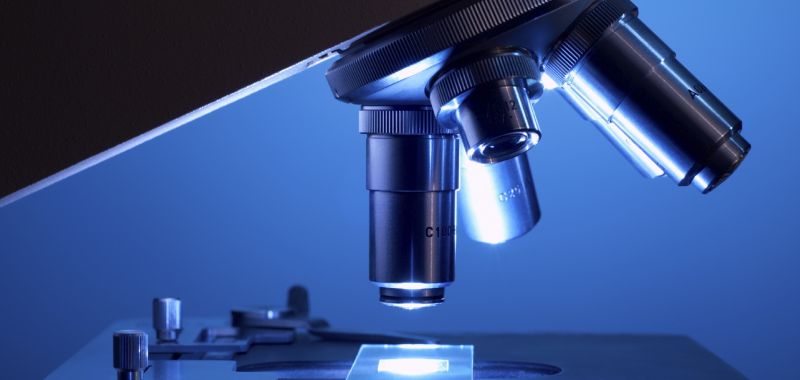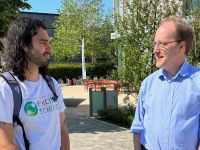
Back-to-basics approach delivers Gilch synthesis improvements
It turns out that you can teach some old dogs new tricks, and the important field of solar energy generation could be set to benefit as a consequence.
Polyphenylene vinylene (PPV) was among the first polymers to be used in the research and manufacture of light-emitting diodes (LEDs) and it also has important applications as an emitter function in photon upconversion, a mechanism that aims to increase the efficiency of solar cells by harnessing a broader range of the light spectrum.
Exciton Science PhD student Riley O’Shea, together with Chief Investigator Dr Wallace Wong, went back to basics to work out how to synthesise conjugated polymers such as PPV more effectively.
They discovered that by selectively changing the solvent and temperature involved in the ‘Gilch’ method of synthesising MEH-PPV, they were able to exercise far better control over the efficiency of the process and dictate the resulting size of conjugated polymers.
“This particular conjugated molecule we are working on, there is a very convenient one-step synthesis to make it,” Wallace said.
“But this procedure also gives you highly variable results. Depending on what substituents you’ve got on the polymer chain, the material could become insoluble or it’s difficult to process.
“We want a material we can work with easily. We wanted to use the convenience of that reaction still, because it’s one step, but to improve the control. And we found some interesting results.
“In some ways it’s surprising because it’s a very old reaction and people have been using it for decades, but no-one had thought of doing a different solvent or a different temperature, which is very surprising in the synthetic area.”
And this new discovery could be set to save plenty of time and energy for chemists manufacturing PPV.
Wallace said: “Now, if someone asks for a polymer with a 50,000 molecule weight, we can pick the right solvent and make the polymer in that range. Whereas previously we would have had to do the reaction and then extract the desired molecular weight range material. This can be very labour and time intensive.”
The materials manufactured by Riley and Wallace will be shared with the group of Chief Investigator Tim Schmidt at UNSW Sydney for further testing as part of the Centre’s world-class research into the potential for photon upconversion to significantly enhance the capabilities of the solar energy industry.







